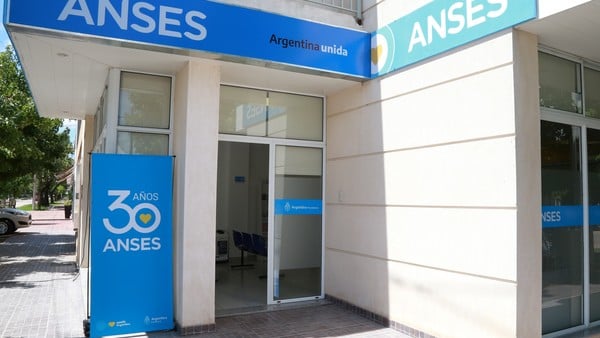Global Courant 2023-05-29 17:00:06
SUBSCRIBERS EXCLUSIVE
The Government formalized the pension reinforcement for the months of June, July and August.
The Government made official the bonuses of $15,000 in June, $17,000 in July and $20,000 in August for retirees and pensioners who receive the minimum salary and $5,000 in each of those months for those who receive between one and 2 minimum salaries. according to decree 282/2023 published today in the Official Gazette.
Thus, in June, the minimum retirement will have an increase of 20.92% and will go from $58,665 gross to $70,938.24. Plus the $15,000 bonus, they will receive a total of $85,938.24. And between $70,938 and $141,876 (2 minimum assets) the bonus will be $5,000.
The decree clarifies that for those who earn between the minimum income of $70,938 and $80,938, the bonus is decreasing, in such a way that all that segment maintains the total income at $85,938. The objective is that this segment does not charge less than those who receive the minimum.
Thus, for those who collect $75,000 in June, the bonus will drop to $10,938. And $5,000 for those who collect $80,938, in all these cases totaling $85,938.
Between $70,938 and $141,876 (2 minimum assets) the bonus will be $5,000, totaling $146,876 in the latter case. And then the same mechanism is applied and it goes down to zero for those who earn more than $146,876.
For example, those with a credit of $120,000, the bonus will be $5,000 and with $143,000, the bonus will be $3,876, adding up to $146,876.
These totals also include those who receive retirement and pension at the same time.
The reinforcement of $15,000 will also be received by the non-contributory pensions (which charge 70% of the minimum amount) and the PUAM (they charge 80% of the minimum amount): a total of 6.1 million people.
This same scheme is repeated only for the minimum salaries in July with a $17,000 bonus and in August with a $20,000 bonus. On the other hand, up to 2 minimum assets are maintained in the 3 months at $5,000.
“The reinforcement of pension income that is granted by this decree will not be subject to any discount or computable for any other concept,” says article 14 of the decree. This means that they do not have the PAMI discount, but they are not considered for the payment of the half bonus either. And as in the previous cases, these bonuses are a reinforcement that is not included in credit.
From being an “extraordinary” compensation for soaring inflation, these bonds have become permanent and in ascending values for the minimum credit. And they cannot stop repeating themselves because the increases for mobility would be annulled if those retirees lose the collection of the bonuses.
After the loss of 19.5% of retirement assets between September 2017 and November 2019 during the previous Government, the pension bonus for those with lower salaries debuted with the current Government “for the only time” in December 2019.
Thus, bonuses of $5,000 were granted in December 2019 and January 2020 for minimum retirements and another of $3,000 in April of that year.
Bonuses of $1,500 were given out in April and May 2021. In August a bonus of $5,000 was given and in December 2021 another of up to $8,000.
Due to the inflationary spike, in 2022, the bonds became more frequent. In April ($6,000) and May ($12,000), September, October and November ($4,000/7,000), December, January and February 2023 (from $7,000/10,000). Between March and May ($5,000/$15,000). And now 15,000/17,000/20,000 for the minimum and $5,000 fixed up to 2 minimum assets.
This happens because the mobility formula – which combines salaries with tax collection that goes to Social Security – does not have a guarantee clause or automatic compensation against inflation. And the bonuses are only received by retirees and pensioners with lower salaries, flattening the system’s income pyramid.
In addition, since they are not integrated into credit, the bonuses compensate a sector of retirees for a part of the price increase of the month or months in which they are collected, but in the following month or months the total income of the retiree returns to the pre-bonus level and is requires new bonuses to be awarded that become more frequent.
On the other hand, bonuses are not taken into account for future increases in assets. In this way, the retirement loss continues “for life”.
Meanwhile, those who do not collect the bonus – some 2 million retirees and pensioners – do not have any compensation and absorb, with a drop in real terms of their assets, the complete loss due to inflation.
SN








